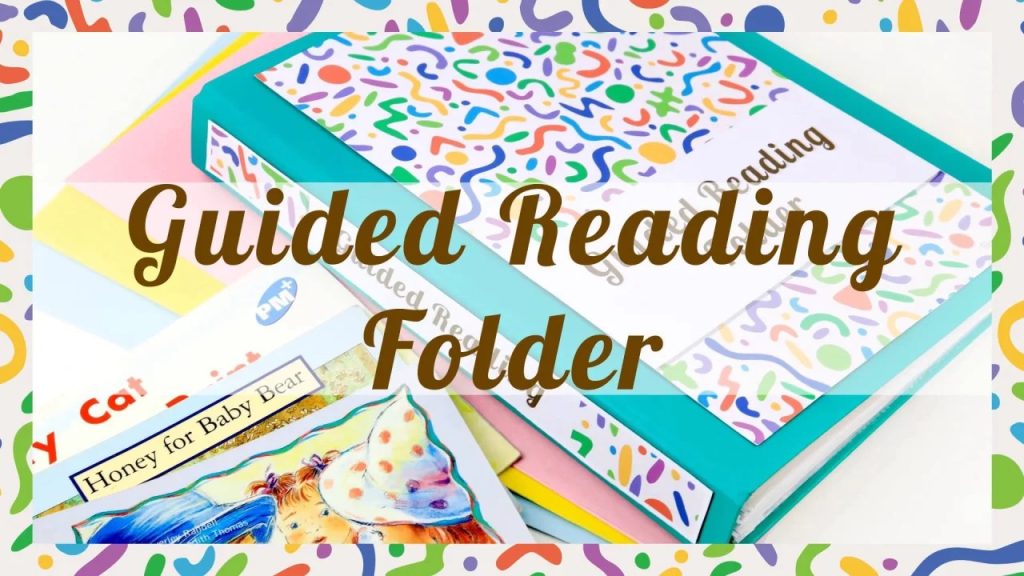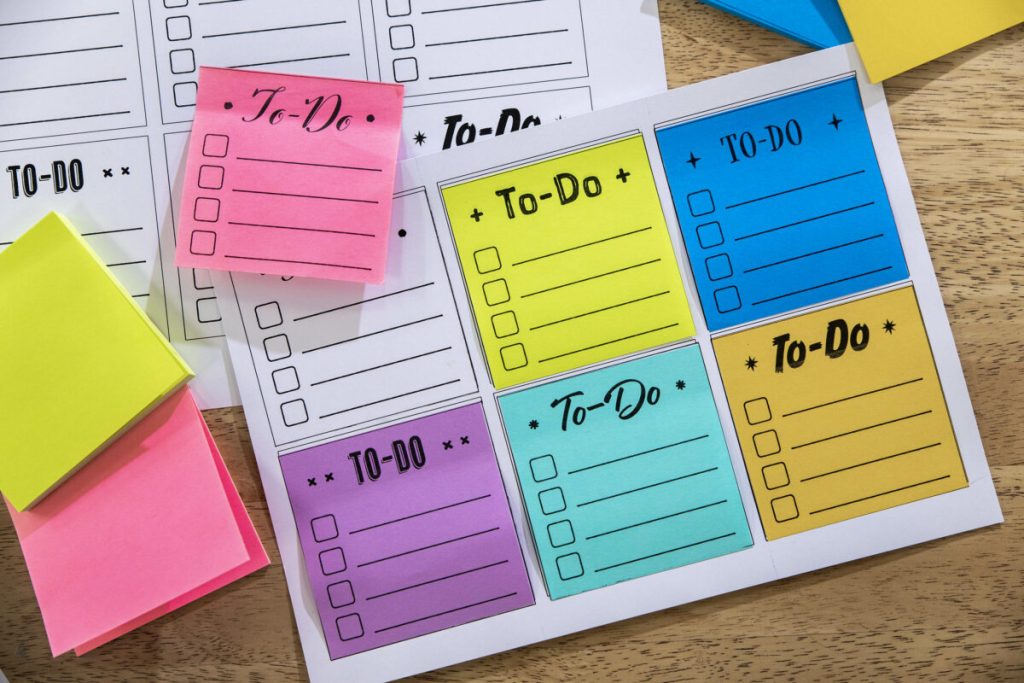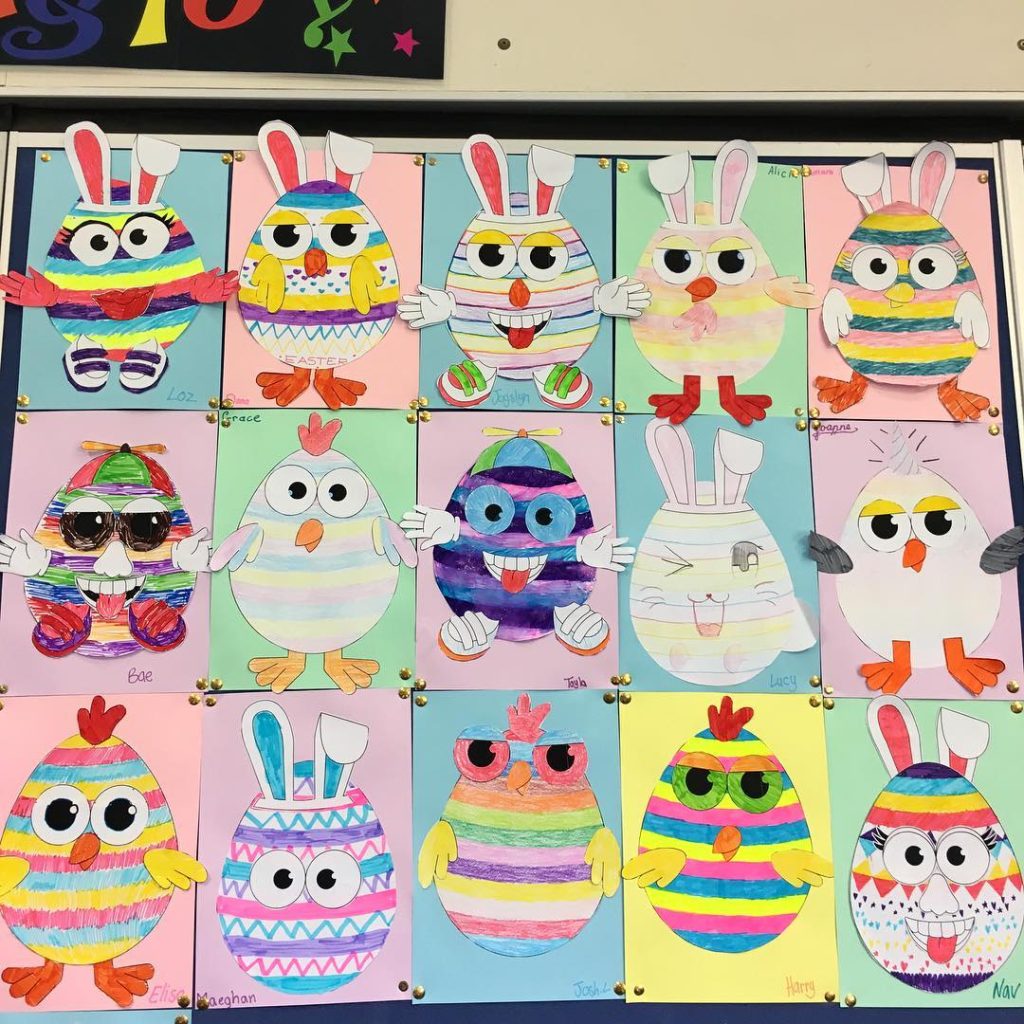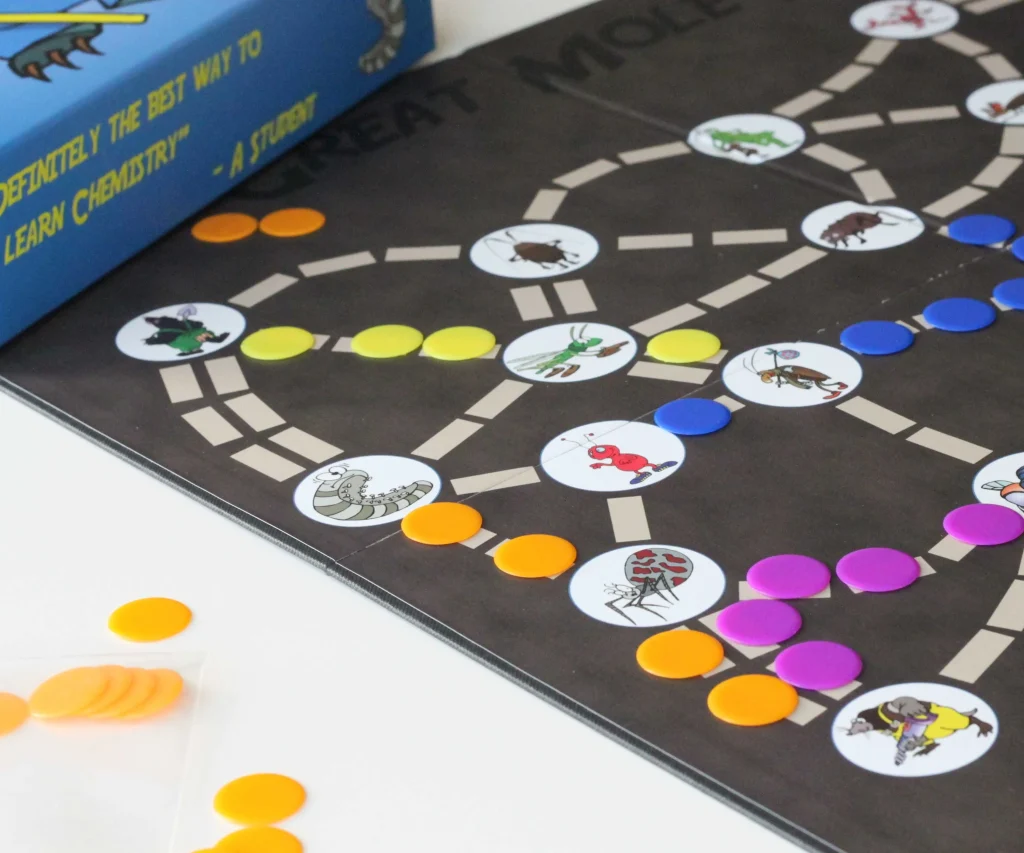Teacher aides play a vital role in the educational environment, supporting teachers and students alike. Often referred to as teacher assistants or paraprofessionals, they are instrumental in creating a conducive learning atmosphere. However, managing their time effectively is crucial to maximize their contribution to the classroom. Here are proven strategies for teacher aides to use their time efficiently.
1. Prioritize and Plan: Teacher aides should begin by understanding the priorities for each day. Creating a daily plan can help them tackle tasks systematically. They should consult with the teacher to identify the most critical tasks and map out a schedule that aligns with the classroom’s needs.
2. Understand Individual Student Needs: To be effective, teacher aides must be familiar with each student’s learning requirements and challenges. This knowledge can help them tailor their assistance and divide their time in ways that provide optimal support where it’s needed most.
3. Collaborate with Teachers: Communication is key to using time effectively. Regular dialogues with teachers can ensure that aides are aware of any changes in lesson plans or student needs, allowing them to adapt quickly and remain focused on relevant tasks.
4. Utilize Downtime Wisely: There may be periods during the school day when direct instruction or assistance isn’t required. Teacher aides can use this time to prepare materials for upcoming lessons, organize resources, or attend to clerical work that supports classroom activities.
5. Professional Development: It’s important for teacher aides to continue developing their skills. They should invest time in attending workshops, training sessions, or online courses that can improve their effectiveness and efficiency.
6. Focus on Non-Academic Support: Teacher aides can greatly assist by providing non-academic support such as supervising lunchtimes, facilitating transitions between activities, and maintaining a clean and organized classroom environment.
7. Manage Group Activities: When working with groups, effective management is essential to keep all students engaged while providing individualized attention as needed. Optimizing group work also allows teacher assistants to observe student interactions and identify any social or learning issues that may require further attention.
8. Be Proactive with Behavioral Issues: Addressing behavioral issues promptly can save time in the long run by maintaining a peaceful learning environment conducive to education for all students.
9. Reflect on Practices: At the end of each day or week, teacher aides should reflect on what worked well and what did not regarding time management. This reflection will allow them to adjust their practices as necessary.
10. Delegate: Sometimes delegating tasks where possible can also be an efficient time management strategy, especially when working with older students who can handle some responsibility under supervision.
By implementing these strategies, teacher aides can significantly enhance their productivity and efficacy in supporting teachers and nurturing students’ educational journeys.
















